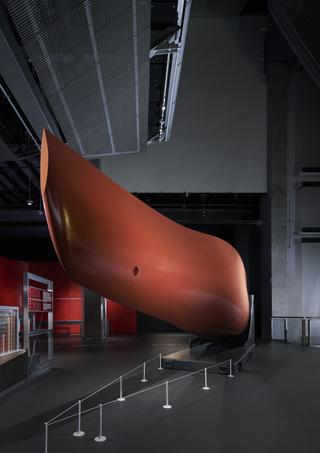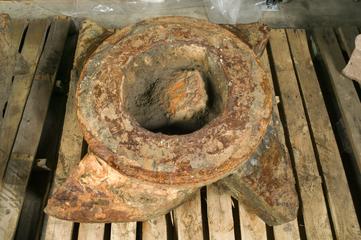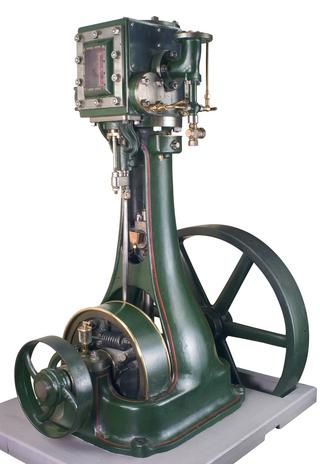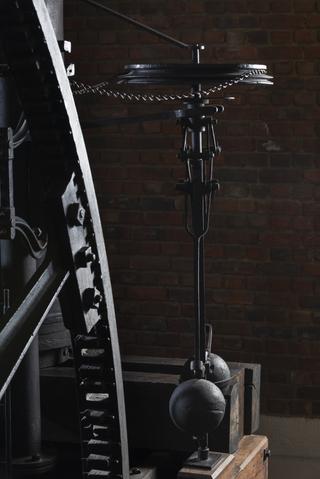Trevithick high pressure stationary engine built by "Hazledine & Co., Bridgnorth", no. 14, c. 1806, with timber staging
Trevithick high pressure stationary engine, three horsepower, c. 1805. In 1802 Richard Trevithick and Andrew Vivian obtained a patent for high-pressure, non-condensing engines. Trevithick went on to develop this particular engine three years afterwards, which used steam pressures of approximately 50 pounds per square inch. It was built by Hazledine & Co of Bridgnorth, Shropshire, who had a reputation for high-quality work. Previously, all steam engines were low pressure machines with a small power output in relation to their size. High pressure engines were more compact than their predecessors, making the application of steam in the form of railway locomotives practicable.







